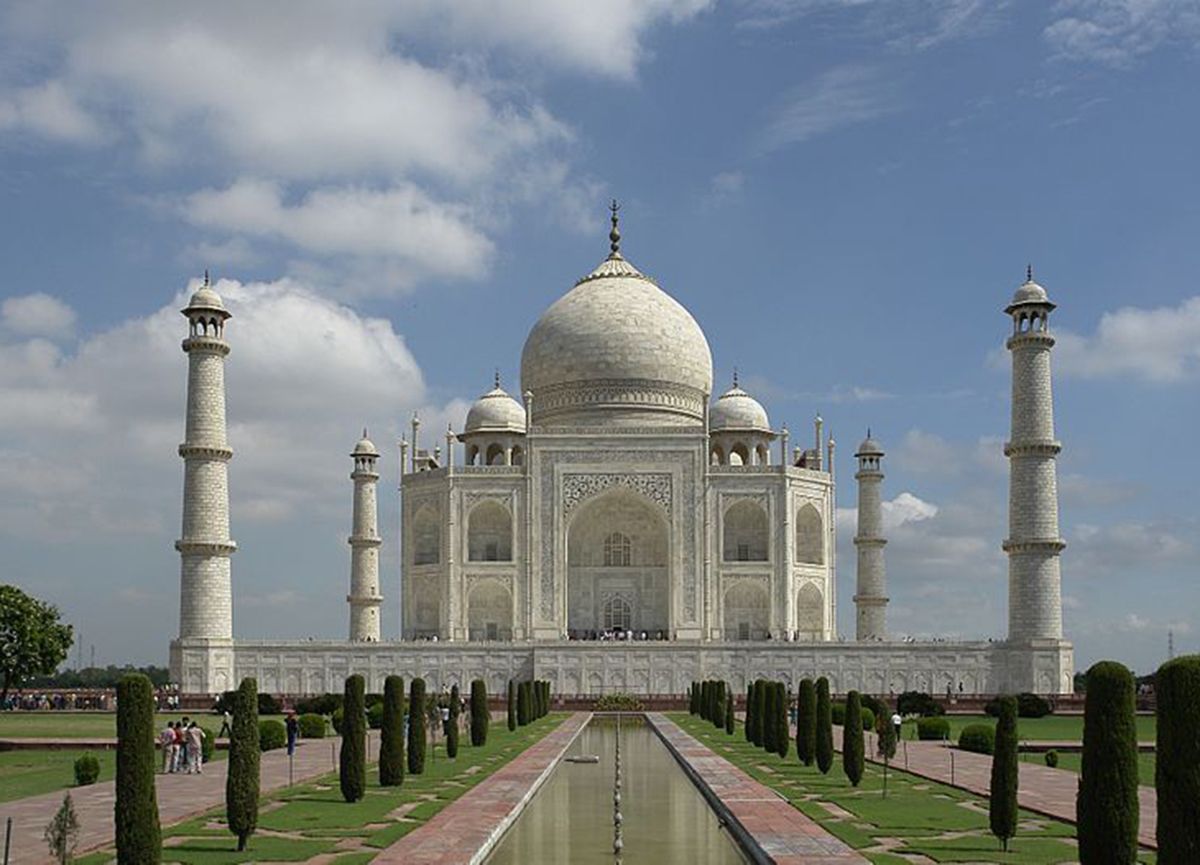
Overview
India today is one of the world’s largest consumer markets and a major player in global politics. Yet it is a land of contradictions. On one hand, it is the hub of technology, one the other, there is rapid growth of religious conservatism, caste and gender based violence. The course aims to look at India from a global perspective in order to cognize the coexistence of these contradictions. It also aims to look at India’s role in the international system.
The course is divided into four modules. The first module focuses on ancient empires and India’s relationship with South East Asia, Central Asia, and the Greco-Roman world. The second module looks at Islamic conquests leading to political consolidation, namely the Mughal Empire. The third module, deals with India’s colonization, freedom movement, and the partition of the country. The last module begins with the Nehruvian era, then moves to modern day pogroms and the rise of Hindu extremism.
Learning Outcomes
After completing HIST 200, students will be able to:
- Demonstrate a basic understanding of India’s ancient past.
- Analyze the nuances of Islamic rule with special focus on the Mughals.
- Discuss the political clout of Mughal queens using various sources.
- Develop critical understanding early trade routes through cartographic projects.
- Critically examine the rise of right-wing politics during the colonial period and its aftereffects.
- Illustrate better comprehension of South Asian politics, namely India’s relationship with Pakistan and China.
Terms
Evaluation
10% - Multiple Choice Quizzes (x2)
10% - Discussion Forums (1x3%, 1x7%)
20% - Short Paper
20% - Quiz (Exam Format)
40% - Final Essay
**Evaluation Subject to Change**
There is no final exam for this course.
Textbook and Materials
The following textbook is available for free through the Queen's electronic Course Reserve:
Required Texts
- Kulke Hermann and Rothermund Dietmar, History of India (Fourth Edition), NY, Routledge, 2004.
Time Commitment
To complete the readings, assignments, and course activities, students can expect to spend, on average, about 10-12 hours per week on the course.

